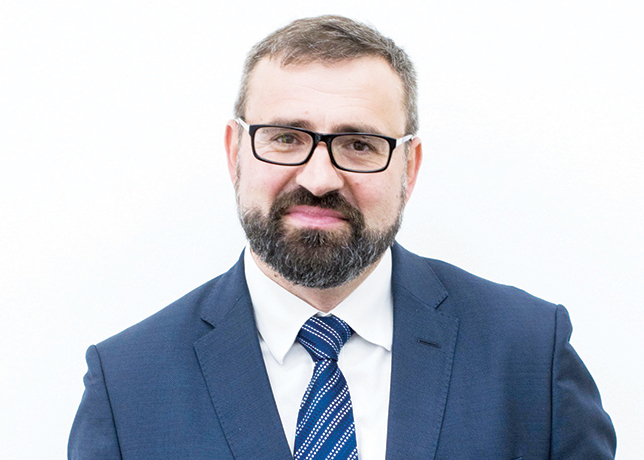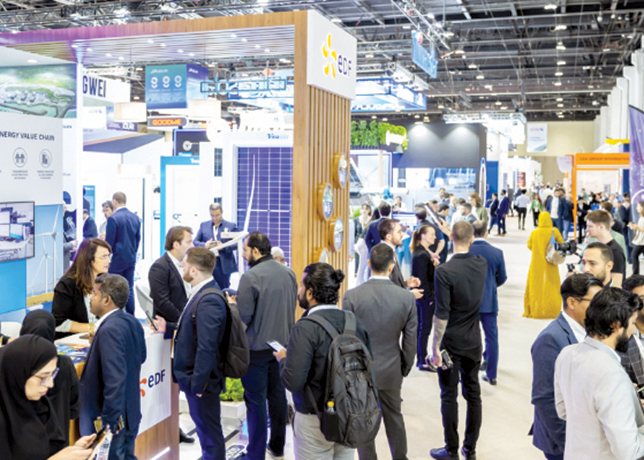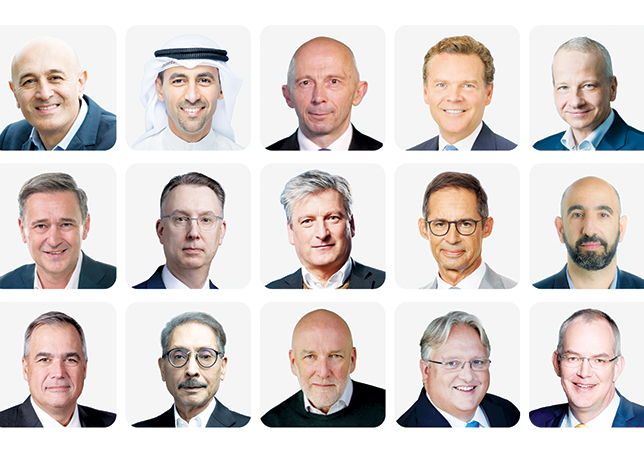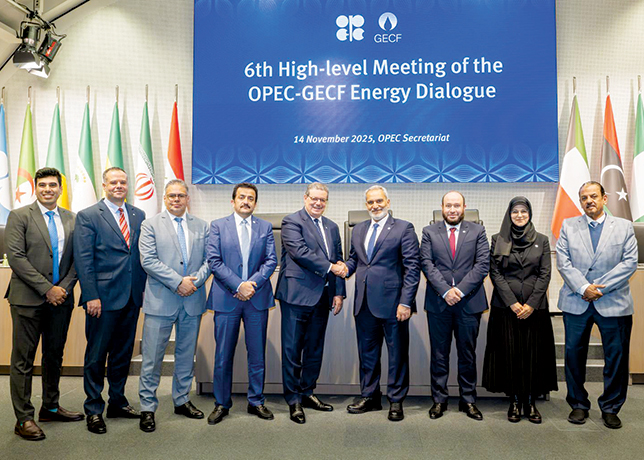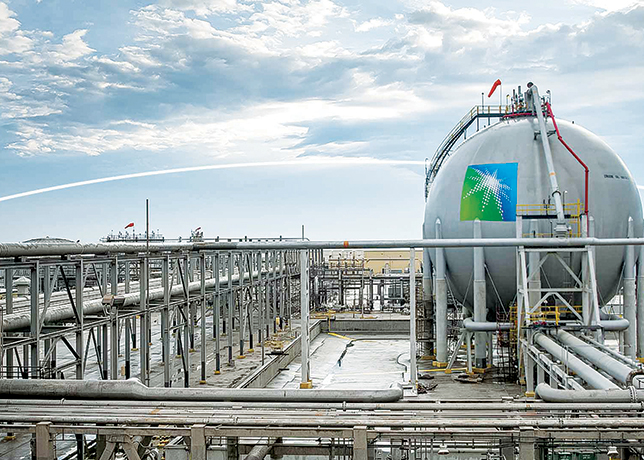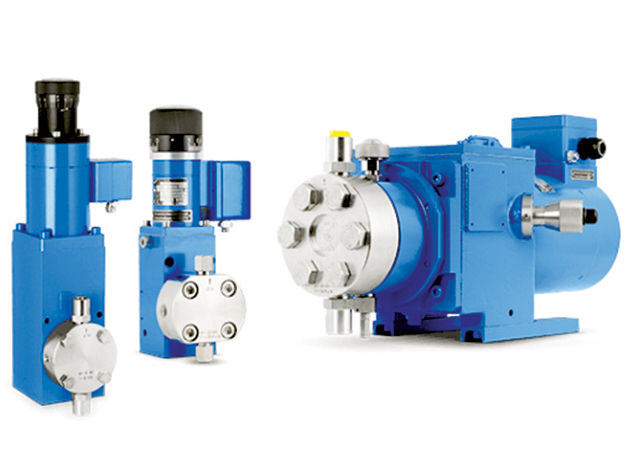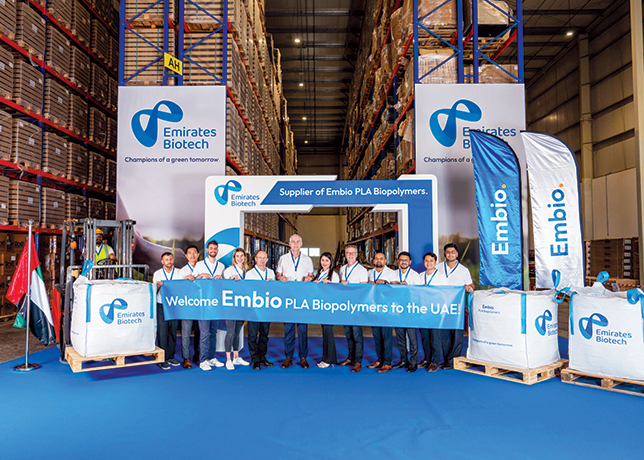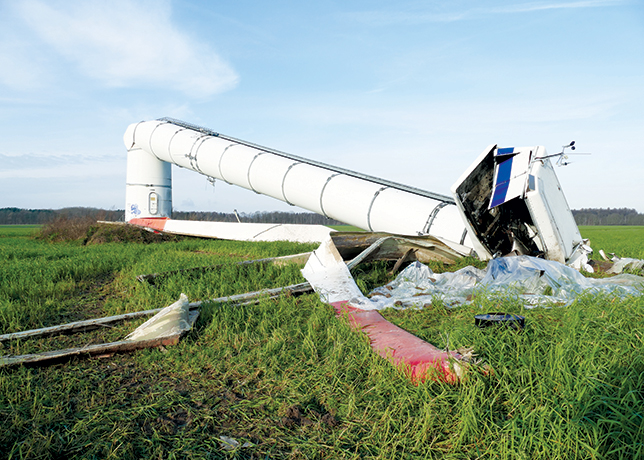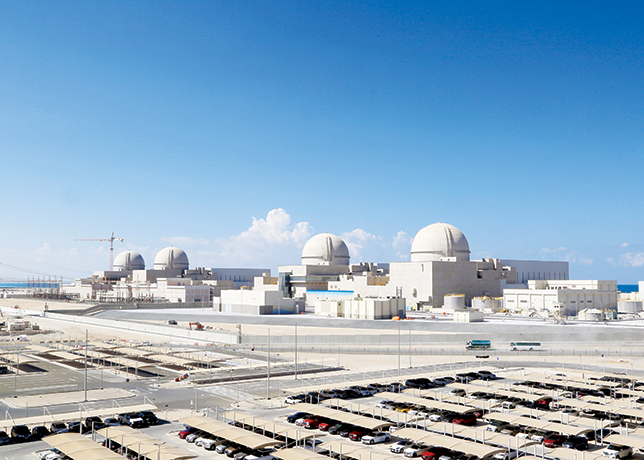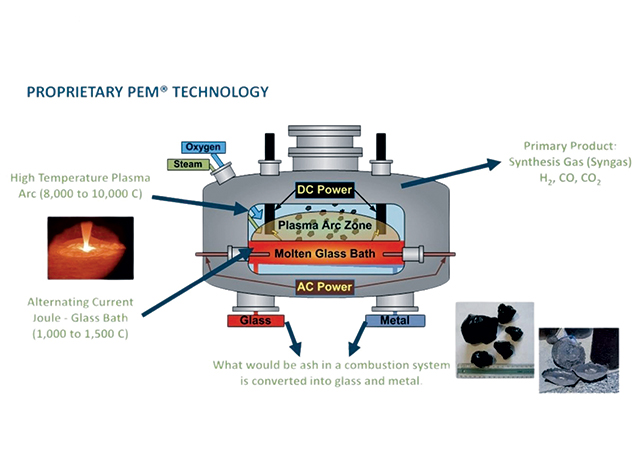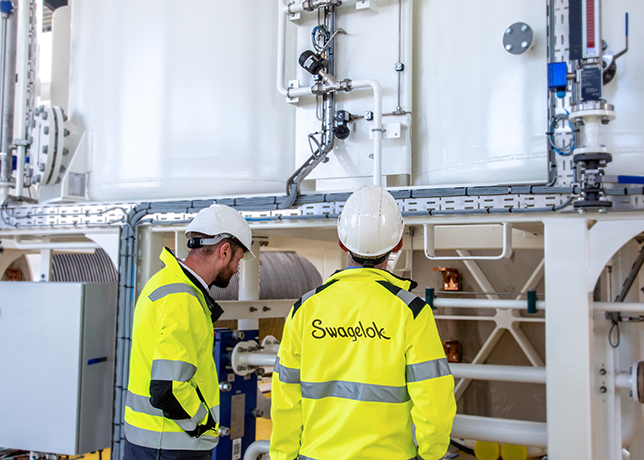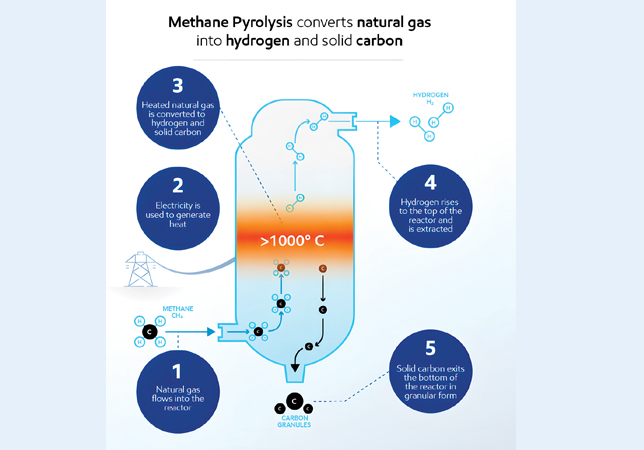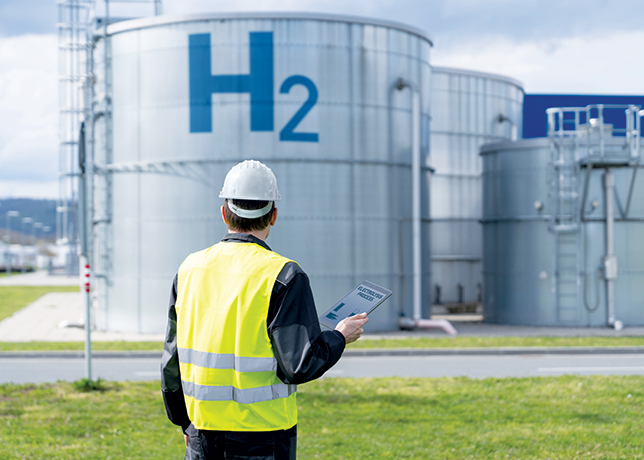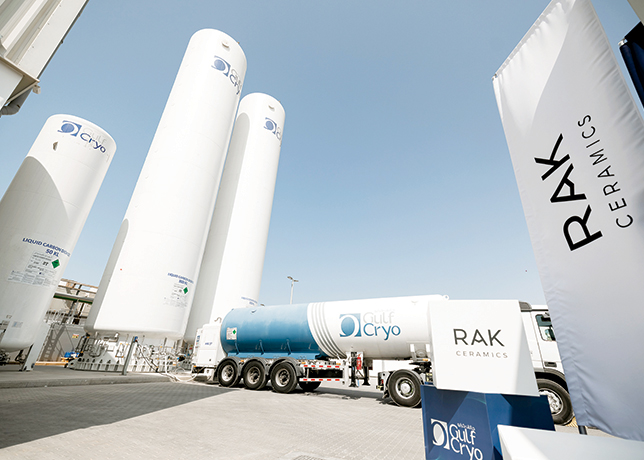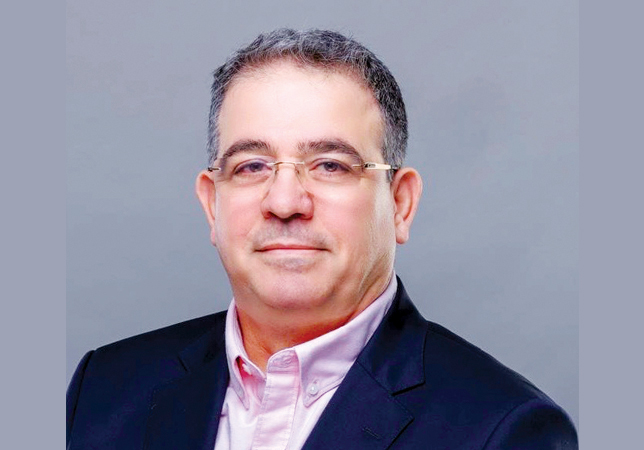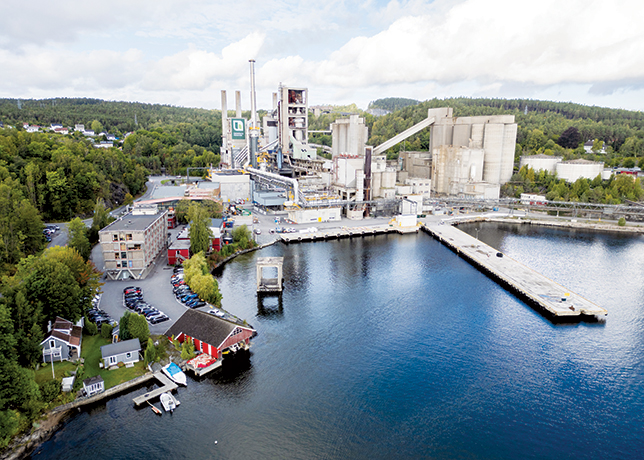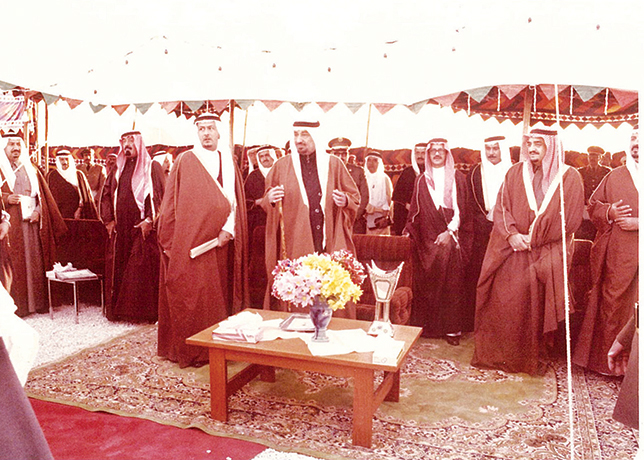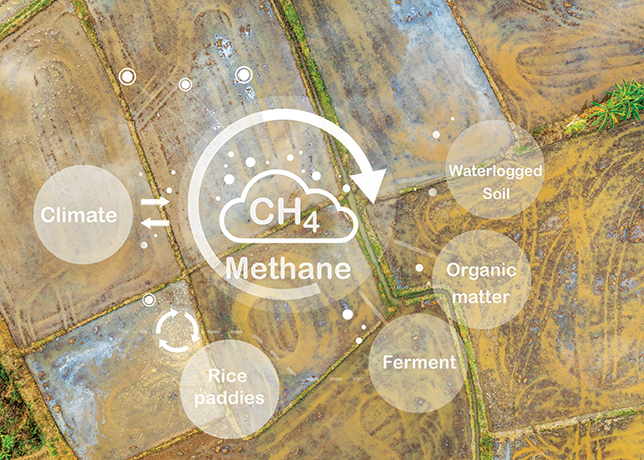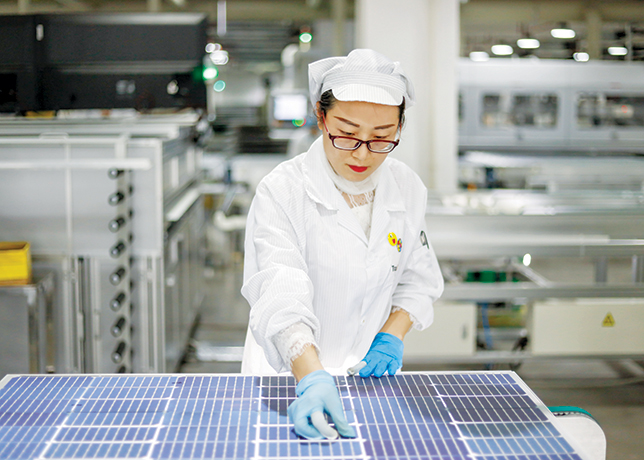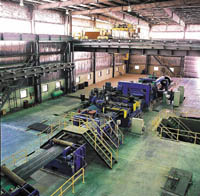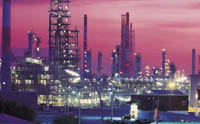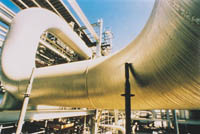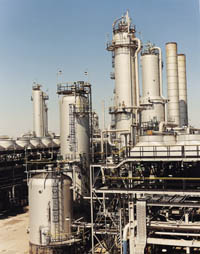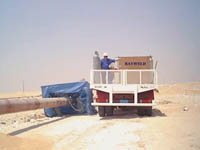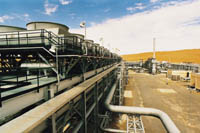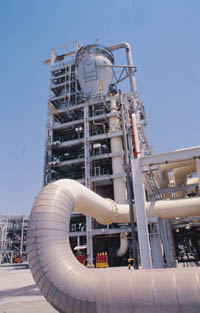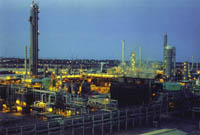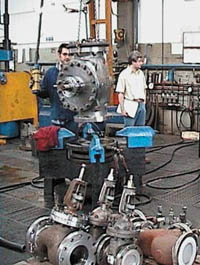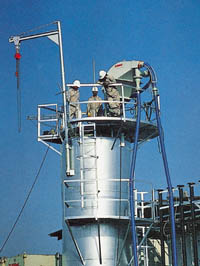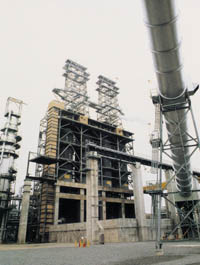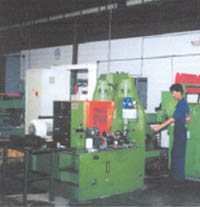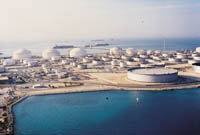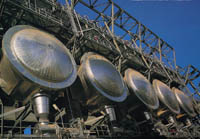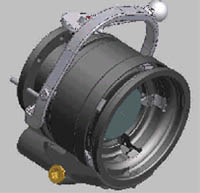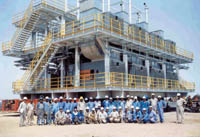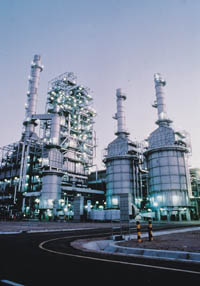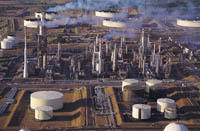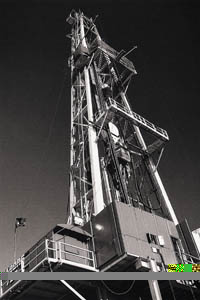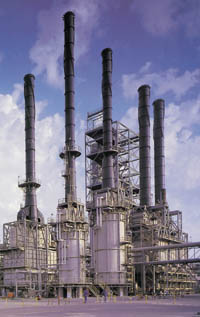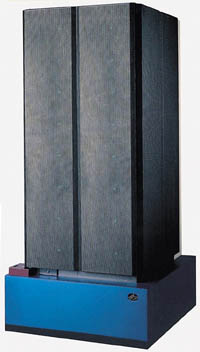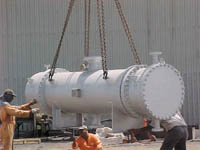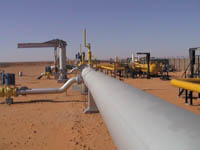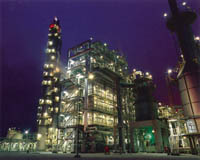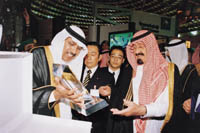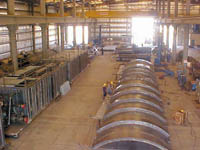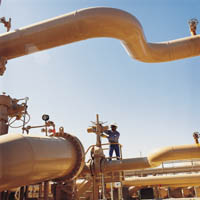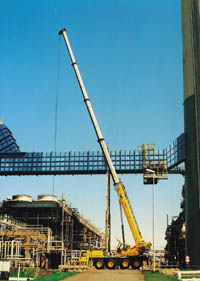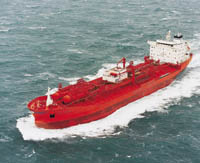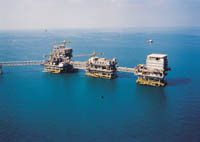
 The East-West pipeline ... being converted to carry gas
The East-West pipeline ... being converted to carry gas
Saudi Aramco's massive scale and scope of operations calls for a pipeline network which is up to the task, enabling efficient exports of crude oil and gas to receiving terminals and refineries.
Two major pipelines are in use. One is the approximately 4.8 million barrels per day (bpd) capacity East-West crude oil pipeline - also called the Petroline - which is used primarily to transport Arabian Light and Super Light to refineries in the Western Province and to Red Sea terminals for direct export to European markets.
Running parallel to the 1,200 km Petroline is the 270,000 bpd Abqaiq-Yanbu natural gas liquids (NGL) pipeline, which serves Yanbu's petrochemical facilities.
Now, with two new gas processing plants at Hawiyah and Haradh under construction, Saudi Aramco is planning to lay some 3,000 km of new pipelines by 2006.
''Expansion of the (Master) gas system is under way in Saudi Arabia and the additional gas will be fed to Riyadh in the central region and Yanbu on the West coast to support industrial expansion,'' said Salman Al Jar, manager of Saudi Aramco Pipelines.
Most of the new pipelines will, according to reports, have a diameter of 56 inches, operating at pressures of up to 900 pounds per square inch. Between 1977 and 1990, total pipeline length in the network rose from less than 5,000 km to nearly 13,000 km.
''Saudi Aramco is keen to be involved in the development of new technologies. Some radical alternatives are expected to replace our old technologies and some are already being tested,'' Al Jar was quoted as saying.
The East-West pipeline is also to be converted to carry gas. Italy's Saipem, through Saudi Arabian Saipem, has been awarded two contracts totalling $180 million to perform the conversion for Saudi Aramco.
The first contract, worth about $140 million, calls for the pipeline to be stripped, decruded, descaled and internally cleansed. It also involves intervention on 11 pumping stations along the length of the line, according to international reports.
The second contract will involve conversion work on a gas oil separation plant (GOSP).
Additional gas supplies to Yanbu are expected to stimulate further petrochemical growth in the industrial city, while freeing up existing ethane supplies which are being used for feedstock for both petrochemical and power production in Yanbu.
Meanwhile, Saudi Aramco completed earlier this year a simplification of the Saudi Aramco Yanbu crude oil pipeline control system.
Carried out by a team of Saudi engineers and technicians from the Yanbu Gas and Terminal Department, the simplification targeted the ''heavily customised and unduly complex'' supervisory control and data acquisition (SCADA) network.
The Yanbu SCADA System (YSS) controls the movement of crude oil through the East-West pipeline, supplying Riyadh Refinery and the Yanbu and Samref Refineries in Yanbu.
A long term programme is under way to replace the YSS network by early 2005.










